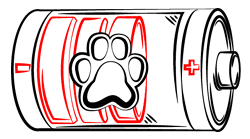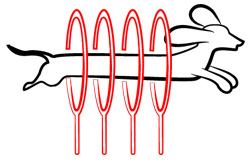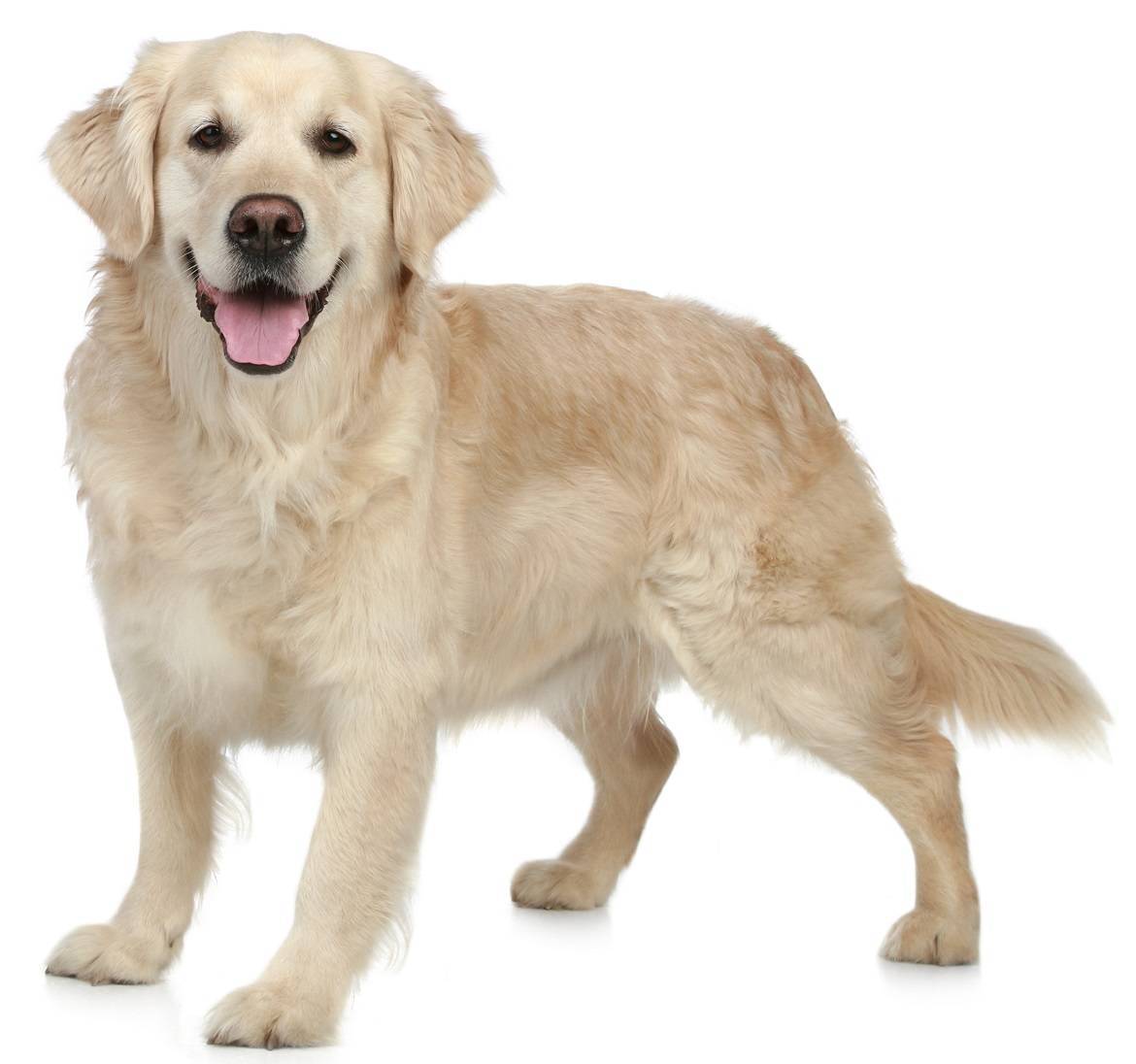
Paws ‘N’ Pups Quickview
Size
| Energy Level
| Trainability
| Paws ‘N’ Pups Rank
|
Characteristics
| Physical Characteristics: Height: 22-24” Weight: 55-80 lbs. Energy Level: Moderate – High | The American Kennel Club recognizes the Labrador Retriever in the following colors:
In recent years, a dilute gene was introduced to the breed that produced dilute versions of the standard colors. These have become increasingly popular, and are silver (dilute chocolate), charcoal (dilute black), and champagne or white (dilute yellow). |
| Health & Longevity: 10-12 years Breeders screen for the following conditions:
Labs are susceptible to gastric torsion (bloat), a life-threatening situation if immediate veterinary intervention is not sought. Epilepsy is seen, as is Osteochondrosis Dissecans (OCD), a painful condition caused by improper growth of the joint cartilage, may require surgical repair. Myopathy, a deficiency of muscle fibers causing weakness and irregular gait is seen, as is Exercise Induced Collapse (EIC). This condition causes a dog to display signs of muscle weakness, loss of coordination, elevated body temperature and potential life-threatening collapse when exercising strenuously. Cyclic follicular dysplasia and color dilution dysplasia are two forms of alopecia, which result in hair loss and sometimes skin lesions; these conditions are seen in the dilute colors. Allergies and ear infections are common. Because of the high number of health problems in the breed, seeking a responsible breeder is of utmost importance; many breed strictly due to the popularity of the Lab, assured an easy sale, with little regard to avoiding health or temperament problems. | |
Temperament & Train-ability
Originally developed in Newfoundland, the Labrador Retriever has become as American as apple pie. One of the most popular breeds in the U.S. and the U.K., a well-bred lab is a steady, affectionate family dog, if given adequate exercise and stimulation. Most will require an hour of hard exercise every day; some will be good with a 45-minute walk. The good news is that playing fetch can be used to fulfill some of their exercise needs. If you plan to jog or bike with your Lab, you should wait until growth has completed, at about 2 years of age, to avoid damaging developing joints.
Though some can be laid back, most Labs retain their working desire and require a good amount of exercise and training, without which they can become frustrated, destructive and barking machines. A Lab will not be happy alone in a yard; they need to be part of the family’s activities. Muscular and athletic, Labs are slow to mature and can remain rowdy and rambunctious until they’re 2 or 3 years old. Like the other retrievers, Labs can be mouthy and like to chew. This may be expressed as harmless as carrying around shoes or children’s toys, but has the potential to develop into actual chewing of items left lying around, especially in a bored dog. Providing a good variety of sturdy chew toys may help, but if given the choice, most Labs will choose carrying items with their family’s scent.
Not overly sensitive to children’s clumsy ways, the Lab is generally a good family dog, although they can easily knock a toddler over. Just as your dog will need careful socialization to learn appropriate behavior around children, your children must be taught how to properly interact with your Lab. Never allow children to sit on, attempt to ride or pull ears, etc. Children should be taught how to recognize when a dog needs a break and give them space. Many Labs are friendly to everyone they meet, but some are reserved with strangers. They are not suitable for apartment or condo life, or for those with small yards. They are likely to welcome all, making them a poor watchdog. A Lab’s suitability for a novice dog owner varies widely and depends entirely on the individual dog. Many Labs are quite challenging, requiring experience and a great deal of time to properly train and exercise. Others are easy-going and quite tractable.
Training a Lab is usually not difficult; they tend to be intelligent and willing, although those challenging individuals can be headstrong. Many people think Labs are easy and therefore don’t need training. This is a mistake; a Lab puppy gets large very quickly and is generally very rambunctious for what may seem like an eternity. Not training them oftentimes means they lose their homes because the people just can’t take it anymore. Their widespread use as guide and assist dogs is proof of their intelligence and trainability. Labs are also competitive in dog sports; obedience, agility, nosework, dock diving, flyball – whatever you care to do, your Lab will be up for doing it with you. They’ve also seen much success in search and rescue, detection and therapy work. Although physically tough, harsh methods are not necessary and your Lab will respond beautifully to positive reinforcement methods.
Grooming
A Labs’ coat is very water repellent; a hard, straight topcoat lies over a thick undercoat. Labs shed a lot, all year long. Weekly brushing will help reduce how much hair ends up in your house. Twice a year, in the spring and fall, they will “blow” their entire coat (including undercoat), which results in very heavy shedding. You will need to rake or brush daily during these times to keep hair from being everywhere. The Lab’s coat has higher oil content than most breeds, useful for it’s water-repelling properties. However, this can lead to a somewhat “doggy” smell if not kept clean; occasional baths will keep your Lab fresh.
Ears must be cleaned regularly, especially if your dog swims regularly, and toenails should be trimmed; even if your Lab wears their nails down, you will want to maintain the ability to handle their feet, especially useful as they age, when wear to the nails typically slows down. Teeth must also be checked and cleaned regularly.
Diet
Labs are well known for their voracious appetite, which often includes non-food items. The amount fed will vary depending on age, activity level, and type of food fed; on average, Labs will eat about 2-3 cups of food per day, which should be fed in two meals. Free feeding should be avoided, as Labs are very prone to becoming overweight. If your Lab experiences food-related allergies and sensitivities, some experimentation to find a food your dog can tolerate may be needed. A constant supply of fresh, clean water must always be available.
Looking for a Labrador Retriever?
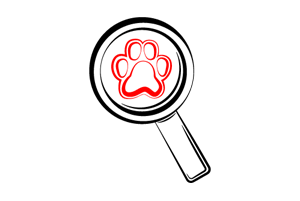 Find A Labrador Retriever Breeder |  Labrador Retriever Puppies For Sale | 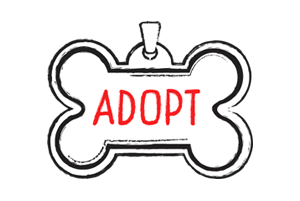 Adopt A Labrador Retriever |
Cost
As with most popular breeds, prices for Labs have a very wide range, from $700-$1,000 to $1,200-$2,000. Breed rescues offer another option, where lovely dogs needing a home can be found; adoption fees vary widely, but are generally in the $200-$500 range.
Paws ‘N’ Pups Ranking
Paws ‘N’ Pups ranks every breed out of 4 with 1 being easiest to integrate into your life and 4 being the toughest – The lower the ranking the better.
Ranking takes into account a few basic factors such as cost, skill level needed, high vs. low maintenance, and how critical regular training is to success. The Labrador rates a 3, primarily because of the extensive health problems in the breed and their need for training and activity.
Breeds Similar To Labrador Retriever
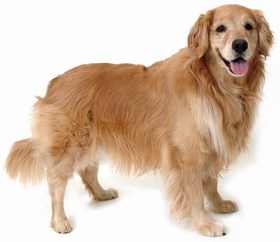 Golden Retriever | 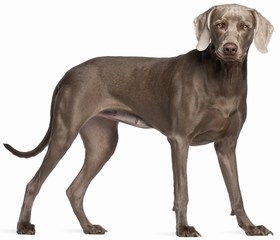 Weimaraner | 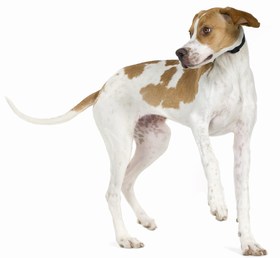 Pointer | 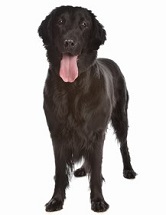 Flat Coated Retriever |


